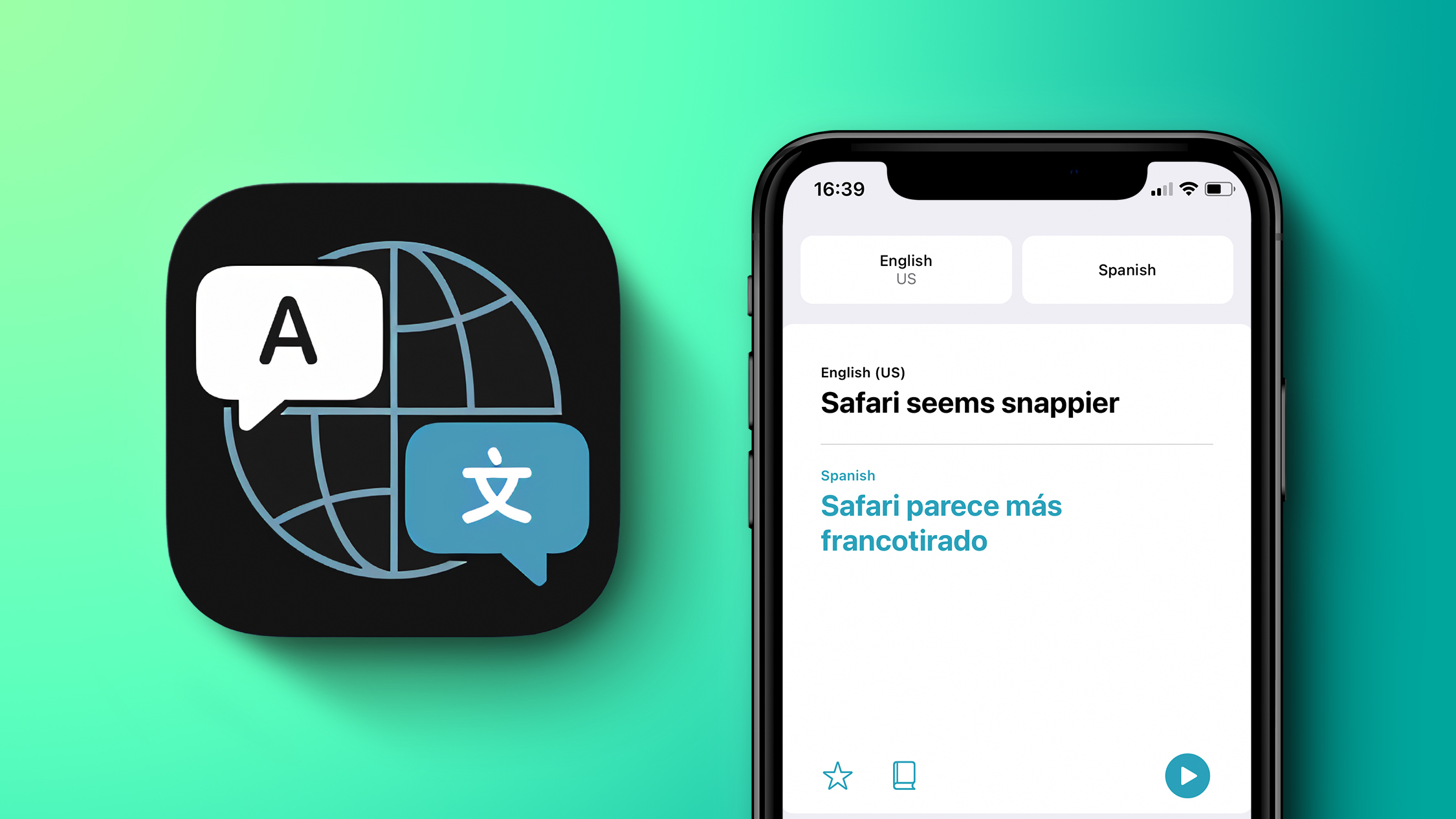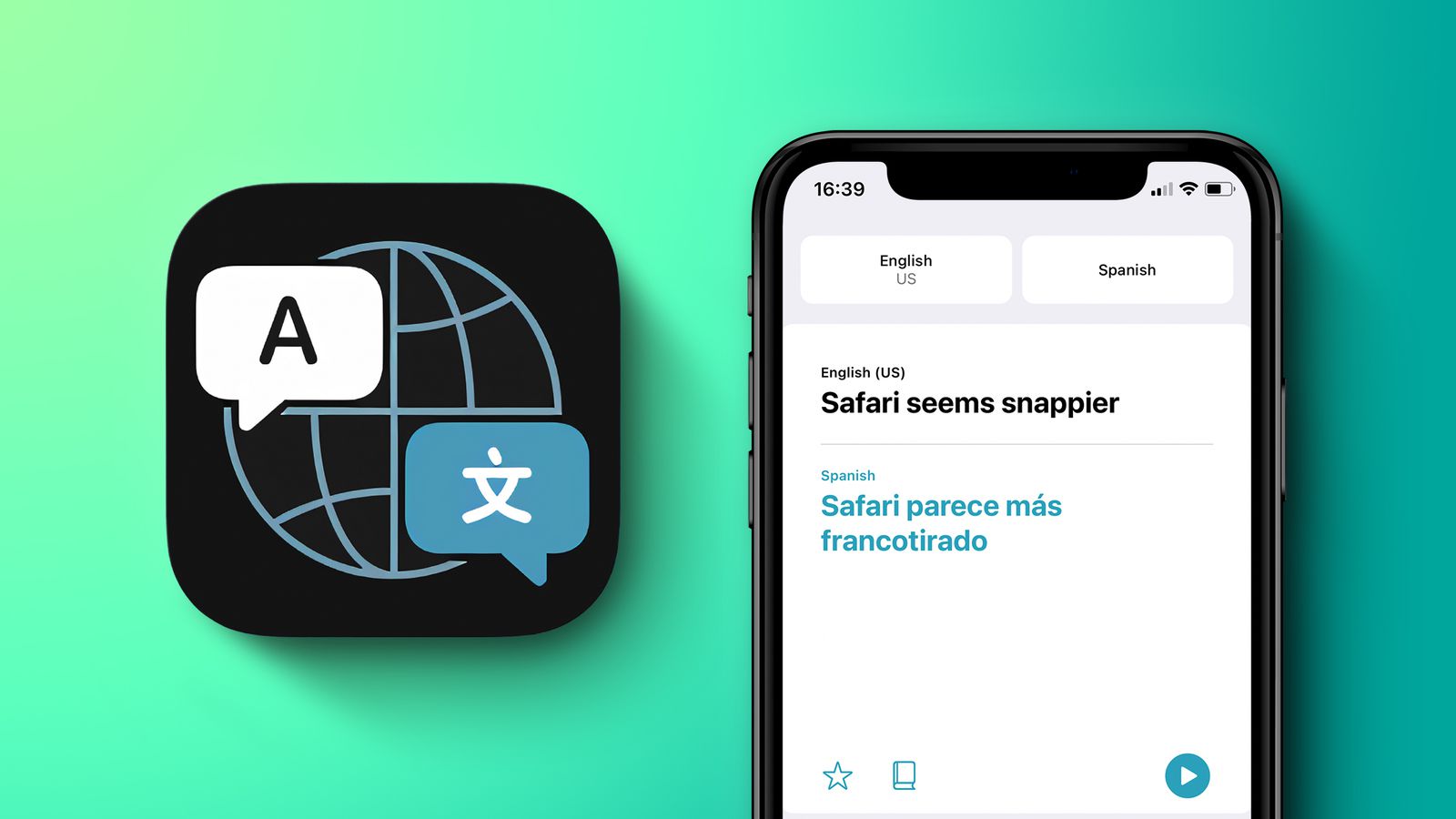


Using the handheld's camera one could take a picture of (a line of) text and have it extracted (digitalized) for further manipulation such as storing the information in their contacts list, as a web page address (URL) or text to use in an SMS/email message etc. The possibility to use one's mobile device's camera to capture and extract printed text is also known as mobile OCR and was first introduced in Japanese manufactured mobile telephones in 2004. The technical advancements in OCR made it possible to recognize text from images. for an English speaker or any speaker of a Latin-based language or vice versa. Manually entering the foreign text may prove to be a difficulty especially in cases where an unfamiliar alphabet is used from a script which user can't read, e.g. Machine translation made available on the internet (web and mobile) is a notable advance in multilingual communication eliminating the need for an intermediary translator/interpreter, translating foreign texts still poses a problem to the user as they cannot be expected to be able to type the foreign text they wish to translate and understand. This is done by applying optical character recognition (OCR) technology to an image to extract any text contained in the image, and then have this text translated into a language of their choice, and the applying digital image processing on the original image to get the translated image with a new language. Image translation is the machine translation of images of printed text (posters, banners, menus, screenshots etc.). JSTOR ( March 2019) ( Learn how and when to remove this template message).Unsourced material may be challenged and removed.įind sources: "Image translation" – news


Please help improve this article by adding citations to reliable sources. This article needs additional citations for verification.


 0 kommentar(er)
0 kommentar(er)
